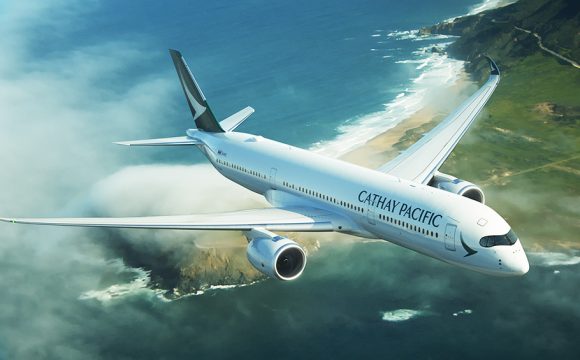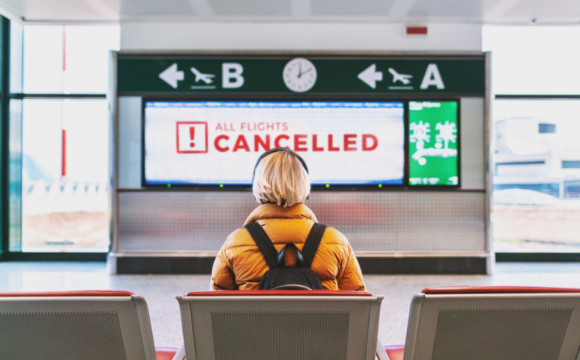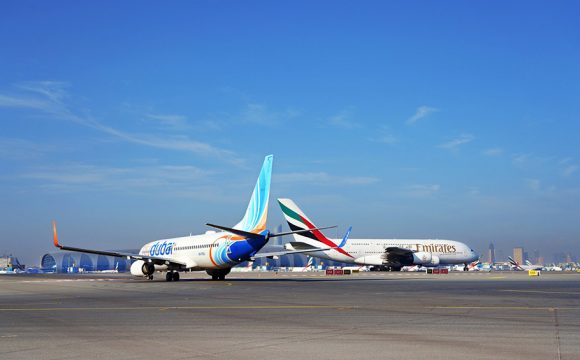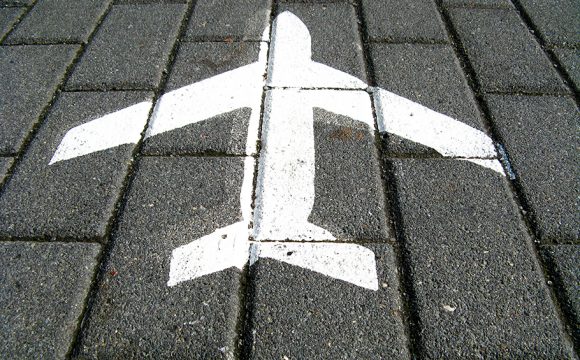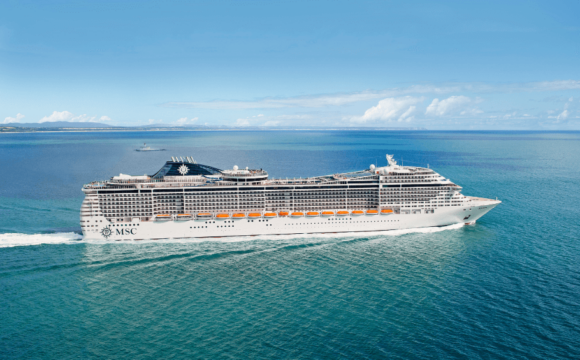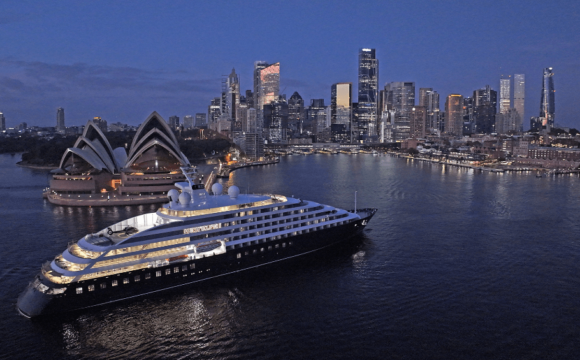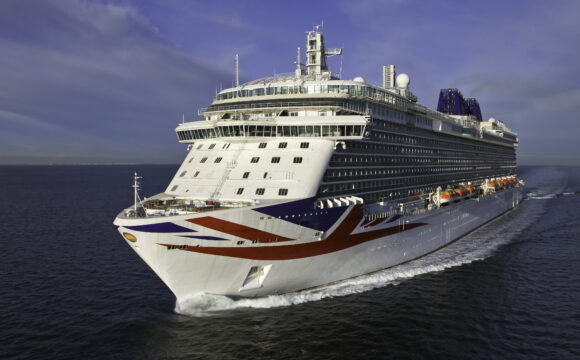Rome is one of those places you have to see at least once in your lifetime. There are two ways to experience a place like this – you either go for at least a week, armed with a bunch on apps and guidebooks or, using a technical language, you arrive for a short ‘scoping visit’ to ‘map’ the places you want to see and things you want to do during your next, ‘proper’ visit.
Here we go for the latter – a flying visit to whet your appetite for Rome. Even if you have never set foot on Roman soil before, Rome is one of those places that seems strangely familiar. This is largely because of the obligatory images of the city’s famed buildings seen in numerous pseudo-Italian restaurants and hotels all over the world. To see and do In the present day, Rome is a colourful melting pot of old and new, promising a surprise on every corner. First off, instead of running around and ticking off the ‘must-sees’, it is best to start your trip with the old-school ‘soaking up the atmosphere’.
This could be done by having a long, leisurely breakfast (an obligatory cappuccino and a brioche – of which more below) in one of the city’s numerous piazzas – Navona or del Poppolo being the most obvious choices, before stepping inside the UNESCO-listed glamour. The ancient government buildings of The Roman Forum, gloriously located between Piazza Venezia and the Colosseum, is where history comes alive. The other ‘obvious’ sites include Circus Maximus, the aforementioned Piazza Navona, the Janiculum, the Basilica of St Peter’s, the Sistine Chapel, to name just the most obvious. Then there is of course The Vatican, and the neighbouring Mausoleum of Hadrian, also known as Castel Sant’Angelo. But you will be risking overindulgence if you attempt to ‘do’ them all on your first visit.
To counterbalance this, a walk around the Olympic Stadium would be a fine introduction to fascist architecture (yes, Rome has it too), complete with marble mosaics and an obelisk for Mussolini (erected by the man himself). For fun, eating and drinking, areas worth a visit include the Roman Ghetto, Campo dei Fiori, Ponte Milvio, Testaccio and Trastevere, where street bands abound. Contrary to expectations, Rome can be quiet at night in non-summer months. A place that can raise a few eyebrows is the odd cinema showing adult movies, also during the day – only a few kilometres from the Vatican. Food and drink Italian food needs no extra recommendations, but a very Roman thing to have is a porchetta (pronounced ‘por’ketta’) – a roast pork sandwich. There are small porchetta places (both takeaway and eat-in) across Rome so you can stock up for a picnic.
It is worth bearing in mind though that sitting down to eat your porchetta is likely to cost you at least twice – special ‘sit-down’ prices apply. Eating out can be tricky as restaurants are usually open for lunch only and then reopen for dinner so you have to plan accordingly. At lunchtime, smaller bars in central Rome are usually packed to capacity, with the locals shouting their orders over each other’s heads. For the uninitiated, trying to get the staff’s attention during that time often borders on impossible. If you’re not hungry, braving a Roman bar at lunchtime could count as mingling with the locals. When in Italy, a few must NOTs apply. These include NOT ordering cappuccino (or capuccio as it is affectionately named) after 11 am, NOT sending pasta back and asking to cook it properly (Italian pasta and rice are always served al dente, and NOT asking for latte (which must result in getting a glass of milk).
Rome has no shortage of cafes, bars and restaurants to cater for all tastes and fads, but one in particular stands out: Cencio la Parolaccia has earned its name for the behaviour of its waiters who excel at insulting or verbally abusing the punters. Getting around The historic centre with di Trevi Fountain, The Pantheon or The Spanish Steps is compact and walkable, and the narrow streets only add up to the city’s charm. A good way of escaping the notorious Rome traffic is by public transport – the city is very well served by the metro with 24-hour tickets that are good for the metro, buses and trams.
When to go Rome can get seriously hot in the summer so it’s best to avoid the place between June and September, unless numerous trips to the nearby Lazio coast are planned. Autumn and spring attract hordes of tourists, so it could be a good idea to try Rome in winter (not without a brolly though!). Christmas could be also a good time to visit if you don’t mind increased tourist traffic. Follow up Rome has it all – be it Ancient Rome, Renaissance Rome, Vatican Rome, Fellini Rome, fascist Rome or Etruscan Rome (after all they got there first). Whatever it is, you can rest assured that Rome will not disappoint.



